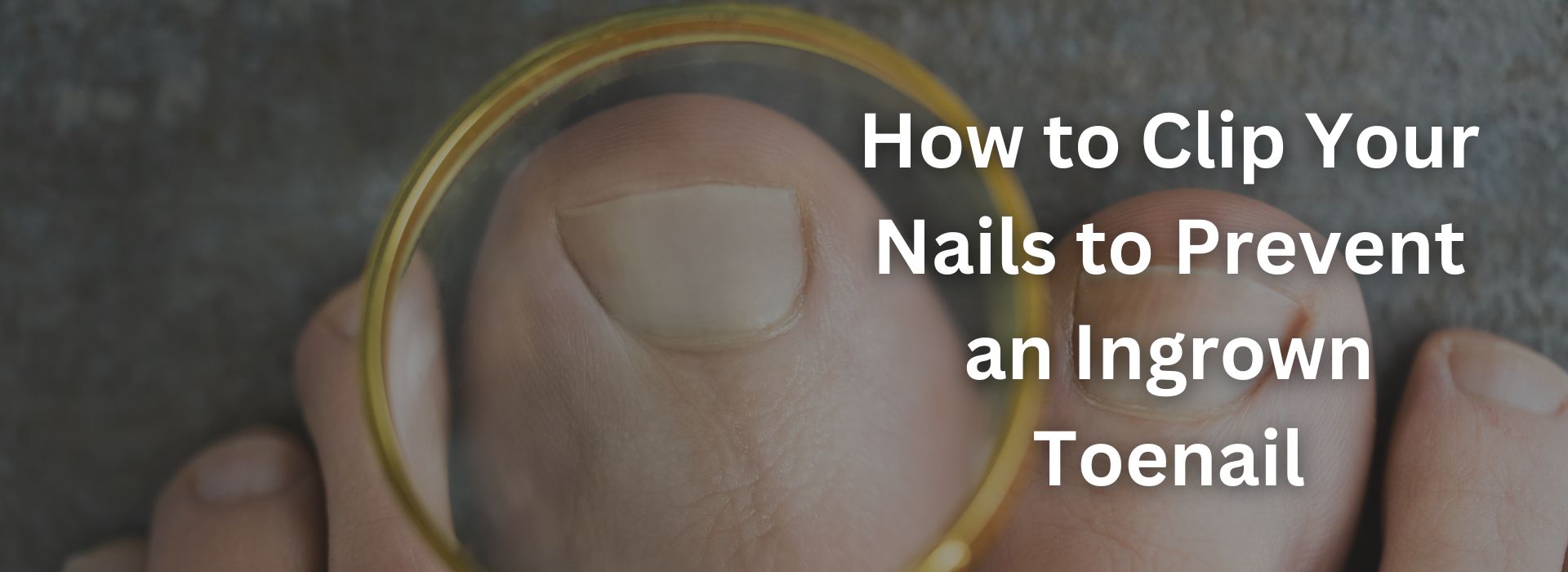
Style Right-handed Personality Design pet grooming cutting shear/scissors, used for trimming the whole body hair of your pet.
Pet Scissors, Dog Grooming Scissors
Hair scissors are made of stainless steel with superior durability, cutting sharp and wear-resistance, which is anti-corrosion, heat-resisting, and unfading, ensuring a perfect cutting every time and easy to create the perfect trim, avoid damage or split hair ends.
Multi-Functional Hairdressing Scissor: The scissors measure 6.5″, the professional
barber hair cutting scissors is safe and easy to use on men, women, adults, and children.
Hair Cutting and Thinning/Texturizing Scissors/Shears Set 6.5 Inches Stainless Steel professionally used for man and woman in-home and salon.
These professional barber scissors are sharpened made by old masters, experts in scissors ‘sharpening and checking. Consequently, the blades of these hair shears are extremely sharp, and the cut is very fine.
Barber Hair Cutting and Thinning/Texturizing Scissors/Shears 6.5″ Inches Hair Cutting Scissors for Women Men Kids.
Black Thinning Scissor of 6.5” Inch for Hair Cutting Styling and Trimming Hair of Man and Woman
Extreme Shears Barber Scissors, Professional Barber Shears, Hair Cutting Scissors, Salon Scissors for Hair Styling, Barber Scissors for Man Woman Adults 6.5″ 100% Japanese Stainless Steel.
Ingrown toenails occur when the nail grows into the skin instead of straight out, often causing pain, swelling, and even infection if left untreated. They are more common than you might think, especially among individuals who frequently wear tight shoes, have a genetic predisposition, or use improper clipping techniques. The good news? Ingrown toenails can largely be prevented by following correct nail clipping practices and using the right tools.
To effectively prevent ingrown toenails, follow these detailed steps when clipping your nails:
Maintaining nail health goes beyond just clipping. Here are a few additional steps to help keep your toenails and feet in the best condition:
Knowing what to avoid is as important as knowing the correct steps. Here are common mistakes people make while trimming toenails:
Having the right tools on hand can make a significant difference. JimyUSA.com provides professional-grade toenail clippers, designed specifically for toenail care:
Sometimes, an ingrown toenail can develop even with proper care. If you experience the following symptoms, it’s essential to seek professional treatment:
After you’ve trimmed your nails, a few simple steps can ensure your toenails remain healthy and protected:
Proper nail trimming is key to avoiding painful and inconvenient ingrown toenails. By following the right techniques and using quality tools from JimyUSA.com, you can maintain healthy toenails and reduce the risk of complications. Remember, a few extra minutes of careful clipping and attention to nail health can save you from dealing with uncomfortable, painful issues down the line. Invest in the right tools and take preventative steps for lasting nail health.
For high-quality nail care tools, visit JimyUSA.com and explore a range of products designed to make nail trimming safe, easy, and effective.
Style Right-handed Personality Design pet grooming cutting shear/scissors, used for trimming the whole body hair of your pet.
Pet Scissors, Dog Grooming Scissors
Hair scissors are made of stainless steel with superior durability, cutting sharp and wear-resistance, which is anti-corrosion, heat-resisting, and unfading, ensuring a perfect cutting every time and easy to create the perfect trim, avoid damage or split hair ends.
Multi-Functional Hairdressing Scissor: The scissors measure 6.5″, the professional
barber hair cutting scissors is safe and easy to use on men, women, adults, and children.
Hair Cutting and Thinning/Texturizing Scissors/Shears Set 6.5 Inches Stainless Steel professionally used for man and woman in-home and salon.
These professional barber scissors are sharpened made by old masters, experts in scissors ‘sharpening and checking. Consequently, the blades of these hair shears are extremely sharp, and the cut is very fine.
Barber Hair Cutting and Thinning/Texturizing Scissors/Shears 6.5″ Inches Hair Cutting Scissors for Women Men Kids.
Black Thinning Scissor of 6.5” Inch for Hair Cutting Styling and Trimming Hair of Man and Woman
Extreme Shears Barber Scissors, Professional Barber Shears, Hair Cutting Scissors, Salon Scissors for Hair Styling, Barber Scissors for Man Woman Adults 6.5″ 100% Japanese Stainless Steel.
Blackhead Remover Double Ended – Designed for effective skincare, this double-ended blackhead remover features precision tools for safely extracting blackheads and blemishes, promoting clear and smooth skin.